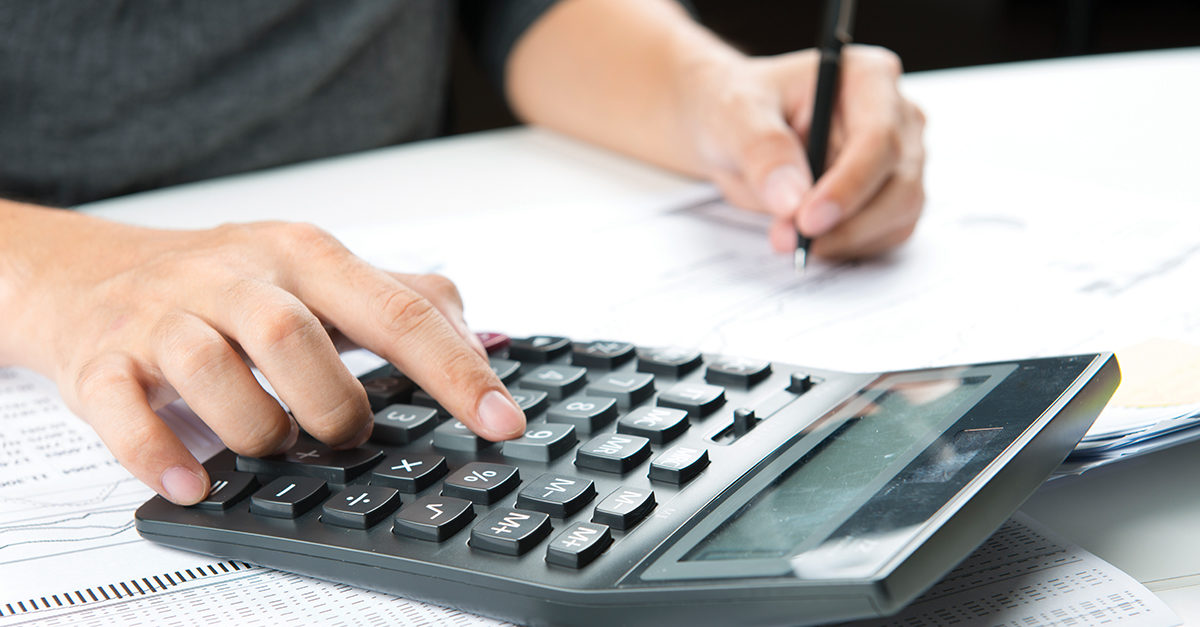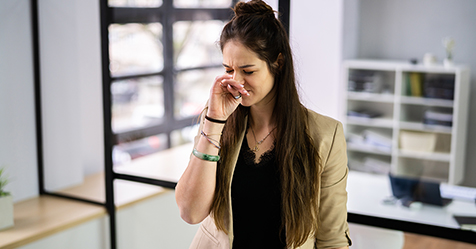If a facility only relied only on routine maintenance, it wouldn’t take long until health violations, lackluster carpets, and dull hard floors began to display themselves. Similar to oral health, where a six-month dental cleaning is just as important as brushing daily, facilities need both routine cleaning and a maintenance program in order to flourish.
Instating a specific program for the long-term care of your facility allows for better organization and communication within a business. For example, if the floors are getting stripped and waxed, staff can refer to the program schedule and know to place chairs on their desks in preparation. By keeping the process transparent, a maintenance program can keep all staff informed and ensure their workplace meets proper standards.
Budgeting and Planning
It is important to decipher the amount you are willing to spend on a building maintenance program ahead of time. Even if you have limited funds, deep-cleaning services should be prioritized, as they can prolong the life of your facility.
In order to budget wisely, try to prioritize the services essential to every facility, such as carpet cleaning, floor finishing, and bathroom steam cleaning. In our experience, we have found these nonjanitorial services should cost between 20 to 25 percent of your all-encompassing janitorial budget.
As is the case with many facilities, unexpected repairs and damages arise and may prompt the need to reschedule, rearrange, or postpone a deep-cleaning service. One general rule of thumb is to have maintenance expenses allocated for the year. The added structure from planning can help with prioritization, allowing the facility manager to consider which services are most critical when developing a schedule. See the example in the chart below (click to enlarge).
Breaking Down the Schedule: Carpet Cleaning
Every owner should ensure carpet cleaning makes his or her maintenance program checklist. Not only are clean carpets easier and less expensive to maintain, they also trap a facility’s airborne pollutants. This is great for a facility as long as the pollutants do not fester within the carpet. If they do, carpet pollutants can tamper with the indoor air quality of a workplace. In addition, moist soiling in carpets can result in the buildup of several unhealthy contaminants, allergens, and bacteria.
Keeping these risks in mind, carpet cleanings should take place twice per year. For health and well-being purposes, using an extraction cleaning method can significantly protect indoor air quality for your employees and clients. For investment purposes, it can prolong the life of your carpet and help maintain your carpet warranty. Most warranties require that professional cleanings take place on a regular basis.
Breaking Down the Schedule: Floor Finishing
To keep your facility looking sleek and professional, a regular strip and wax is a must. Whether you have a vinyl composition tile (VCT), laminated, or linoleum floor, it is important to aim for higher protection and pristine shine through floor finishing. Also keep in mind that different types of flooring require different finishes.
We recommend this process be done every 12 months, at a minimum. For high-traffic flooring, it is recommended to strip and wax every four to six months. If you are looking for signs of whether your floor needs finishing, keep on the lookout for floors that are yellowing, dull, and difficult to clean.
Breaking Down the Schedule: Steam Cleaning Bathrooms
A restroom, especially a public restroom, can be a germ-filled environment for employees and visitors. For this reason, facility managers should consider implementing a bathroom steam cleaning in their maintenance plans. Steam cleaning should also be used routinely on glazed-tile products in order to remove soap scum, hard water deposits, and mildew.
While this service is recommended quarterly, it is important to steam clean regularly throughout flu season. Many schools rely on this method when counteracting contagious illnesses.
Other considerations
There are many flexible options to consider in the planning and budgeting phase, such as only focusing on carpets, flooring, and bathrooms. From there, you can make the executive decision on whether you’d like to add more services to your maintenance program. This could be anything from vent dusting and window washing to parking lot maintenance.
Overall, an annual maintenance program is essential in improving and positively impacting any given facility. Whether it significantly improves the health and well being of your staff, or provides a clean and welcoming environment for visitors, there are a number of reasons it is a worthwhile investment. In addition, a maintenance program is a sure-fire way to ensure your facility remains good-as-new year after year.




